The Essential Farm Equipment Parts You Can't Afford to Run Out Of
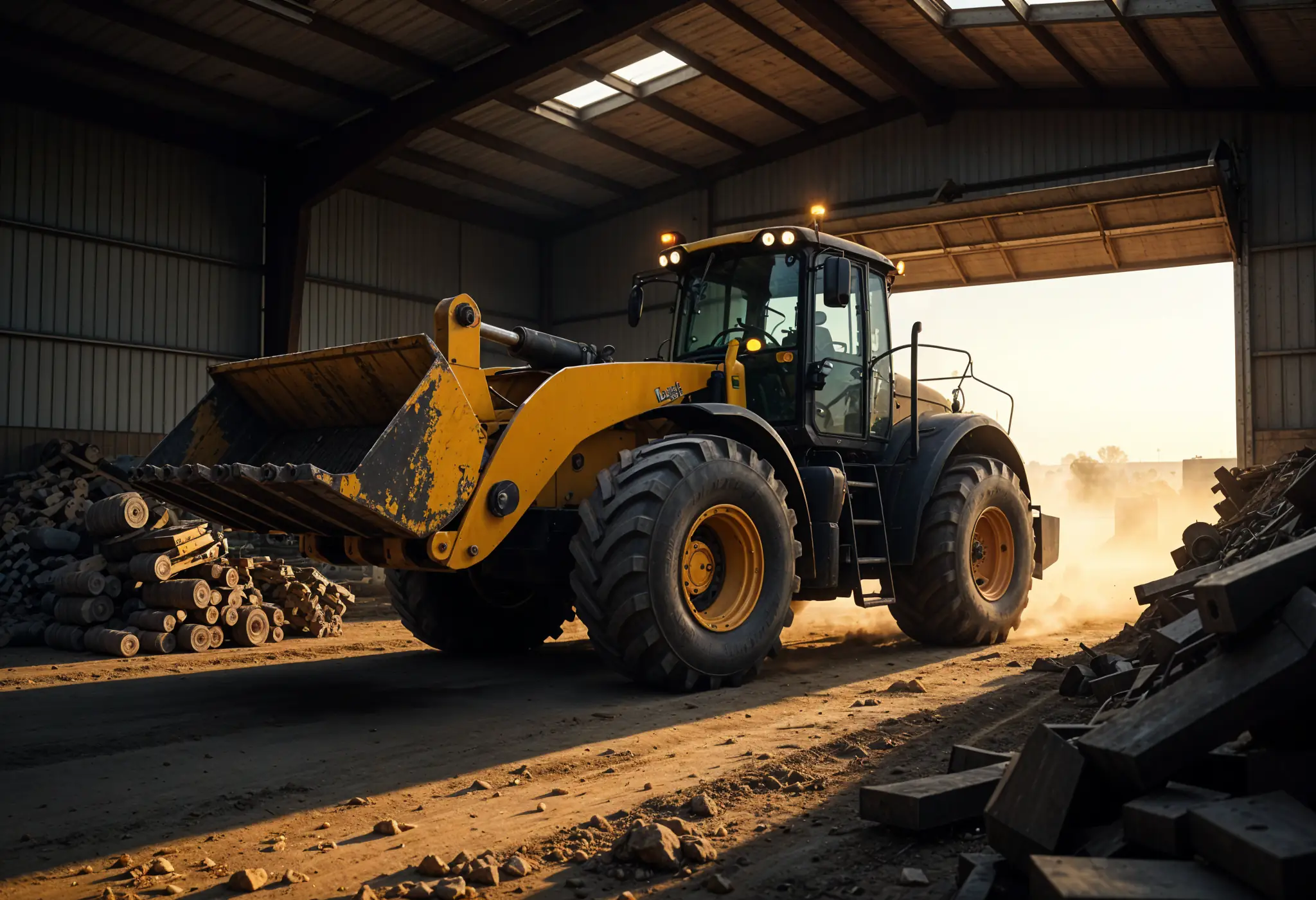
The agricultural equipment parts market is booming—expected to rise from $155.7B in 2023 to $189.4B by 2030—driven by growing global demand. Yet, ongoing supply chain issues and shortages of steel, rubber, and microchips put your farm’s operations at serious risk. You can't wait for breakdowns. Equipment failures cause costly downtime and safety hazards. That’s why effective spare parts inventory management is critical. Regular maintenance and smart stocking of essential farm equipment parts—like engine, hydraulic, and electrical components—keep your machinery running.
This guide will show you how to identify, stock, and manage the essential agricultural equipment parts you need to keep your operations running smoothly. You'll learn which critical components to prioritize, how to optimize your inventory levels, and strategies for building reliable relationships with farm machinery suppliers.

Critical Farm Equipment Parts Every Farmer Needs
Keeping your farm running smoothly requires a strategic approach to ag equipment maintenance. Maintaining an inventory of critical agriculture machinery parts can significantly reduce downtime when failures occur. Let's examine the essential components you should never run out of.
Engine components that prevent total breakdowns
The engine forms the heart of your agricultural equipment, making its components absolutely vital to operations. Proper engine maintenance can extend your machinery's lifespan and prevent unexpected breakdowns. To keep your engine running optimally, stock these critical parts:
- Filters: Air, oil, and fuel filters protect your engine from contaminants. Replace oil filters regularly to trap harmful particles, while air filters prevent dust and debris from causing internal damage.
- Injectors and pumps: These components are crucial for the engine's operation and directly impact your machinery's performance.
- Pistons and cylinder heads: These essential engine parts may need replacement after extended use.
Regularly checking and maintaining these components helps prevent wear and tear, consequently reducing costly agricultural equipment repair and unexpected downtime during critical farming seasons.

Hydraulic system parts that keep equipment moving
Hydraulic systems are the workhorses behind your farm equipment's power, enabling everything from steering to operating attachments. Essentially, they convert hydraulic flow and pressure into mechanical energy. Stock these critical hydraulic components:
- Hoses and fittings: Hydraulic hoses can be prone to wear and tear, primarily in tough farming conditions. A leak or burst hose can halt operations immediately.
- Pumps and valves: The hydraulic pump transfers fluid from the reservoir to the system, elevating the fluid's energy by increasing pressure. Directional control valves allow for precise management of actuators.
- Cylinders and seals: Hydraulic cylinders convert hydraulic energy into mechanical force for tasks like lifting heavy loads.
Electrical components for modern machinery
In today's agricultural setting, electrical systems are as crucial as mechanical ones. They power everything from ignition to lighting and gage systems. Keep these electrical parts on hand:
- Batteries and alternators: These provide and regenerate power for your equipment.
- Spark plugs and fuses: Critical for starting engines and protecting circuits from damage.
- Wiring components: Damaged wiring can cause numerous operational issues.
For reliable sourcing of these critical ag equipment parts, including new holland agriculture equipment and new holland farm equipment, contact MCH Parts for a free consultation and quote. Their expertise ensures you'll have the right components when you need them most.
Creating Your Essential Agriculture Machinery Parts Inventory
Effective inventory management stands at the heart of successful farm operations. Building your essential agricultural equipment parts inventory requires strategic planning and systematic organization to minimize costly downtime.

How to identify your most critical spare parts
Start by conducting a detailed criticality analysis of your equipment. Identify components that, if they fail, would halt production entirely or create significant safety hazards. Form a cross-functional team including operations, maintenance, and safety personnel to evaluate each part based on:
- Impact on daily operations
- Lead time for procurement
- Historical failure rates
- Cost of downtime
Focus on gathering data about your equipment's failure history. Parts with higher failure rates should be stocked more readily, especially for machines critical to your seasonal operations. Furthermore, consider lead time – components that take weeks to arrive deserve priority in your inventory list.
Calculating optimal inventory levels
Once you've identified critical parts, determine optimal stocking quantities. The Economic Order Quantity (EOQ) model helps balance ordering costs with inventory holding expenses:
EOQ = √(2DS/H) Where: D = Annual demand, S = Ordering cost per order, H = Holding cost per unit per year
For example, with an annual demand of 1,000 units, ordering cost of $500, and holding cost of $20 per unit, you'd optimally order 71 units each time.
Additionally, establish reorder points (ROP) that account for lead time and safety stock: ROP = (Daily usage × Lead time days) + Safety stock
Storage solutions for maintaining part quality

Proper storage protects your investment in agriculture machinery parts. Store components in clean, dry environments to prevent corrosion and deterioration. Implement organized storage systems with clearly labeled bins and shelves.
Modern vertical storage solutions can maximize space utilization while improving inventory accessibility. These systems can reduce required floor space by up to 90% compared to traditional shelving.
Need help identifying your critical ag equipment parts? Contact MCH Parts for a free sourcing consultation and quote to ensure your operation stays running smoothly year-round.
Developing a Spare Parts Management System
Once you've identified your critical farm equipment parts, implementing a robust system to manage them becomes your next priority. A well-designed spare parts management system ensures you'll always have essential components when needed, reducing costly downtime.

Digital tracking tools for inventory control
Modern inventory management demands digital solutions for accuracy and efficiency. Inventory tracking software specifically designed for agricultural equipment parts provides real-time visibility into stock levels, locations, and usage patterns. These systems allow you to:
- Generate purchase orders automatically
- Track parts movement across multiple locations
- Monitor usage history for better forecasting
- Scan QR codes or barcodes for quick data entry
Many farmers find that digital tracking reduces inventory discrepancies by up to 95% compared to manual methods. Mobile apps further enhance accessibility, letting you check inventory status from anywhere on your farm.
Setting up reorder points and schedules
The reorder point formula serves as your early warning system against stockouts. Calculate it using: (average daily unit sales × delivery lead time) + safety stock. This formula eliminates guesswork by telling you precisely when to replenish based on actual data.
Set thresholds in your inventory system to trigger automatic alerts when stock reaches reorder points. Subsequently, consider seasonal fluctuations and adjust accordingly to maintain optimal inventory during peak periods.
Emergency sourcing strategies when critical parts run out
Despite careful planning, emergencies happen. Establish a network of trusted farm machinery suppliers who can deliver with speed and efficiency when critical parts unexpectedly run out. This network should cover various potential parts and materials, including tractor parts, trailer parts, and other essential components.
Digital platforms now provide instant access to inventory information, helping you locate necessary components swiftly. Moreover, developing relationships with multiple suppliers creates backup options for emergencies.
Building Relationships with Agriculture Parts Suppliers
Strong relationships with reliable farm machinery suppliers form the foundation of effective agricultural equipment maintenance. Finding and nurturing these connections can mean the difference between minimal downtime and costly operational failures.

Evaluating supplier reliability and quality
Begin by researching suppliers with proven track records of providing high-quality ag equipment parts. Look for established companies with reputations for reliability, prompt delivery, and excellent customer service. Namely, evaluate suppliers based on:
- Years of experience in the agricultural sector
- Positive customer reviews and testimonials
- Industry certifications and quality assurance standards compliance
- Warranty coverage and after-sales support
A supplier's historical relationship with other farmers often reveals their true reliability. As a matter of fact, many vendors prioritize farmers who have supported them consistently over time.
Negotiating better terms for essential parts
Establishing congenial relationships with suppliers can yield significant benefits beyond just pricing. Friendly connections often lead to suppliers notifying you about upcoming sales or setting aside scarce parts before they sell out.
Rather than viewing negotiation as an uncomfortable argument, approach it as a mutually beneficial conversation. Be honest about your needs and budget while showing respect for the supplier's time and expertise. Consider offering volume commitments or early payment arrangements in exchange for priority access during peak seasons.
Creating backup supplier networks for emergencies
Above all, relying on a single supplier creates significant vulnerability in your operations. The agricultural equipment industry has seen major supply chain disruptions, with 83% of manufacturers now seeking multiple suppliers for critical components.
Develop contingency plans for each high-risk scenario, including identifying backup suppliers for essential parts. This diversification provides greater flexibility during unexpected events and creates healthy competition that often results in better service.
Conclusion
Effective farm equipment parts management is key to reducing downtime, boosting productivity, and ensuring year-round operational continuity. Stocking essential ag parts—engine components, hydraulic system parts, and electrical elements—prevents costly breakdowns. Use digital tracking tools, set reorder points, and maintain safety stock to stay ahead of shortages.
Reliable farm equipment depends on smart inventory planning and trusted supplier partnerships. Build relationships with multiple machinery parts suppliers to secure fast access to critical components. For expert help, contact MCH Parts for a free consultation and ensure your farm runs efficiently with top-quality agricultural equipment parts.
FAQs
Q1. What are the most critical engine components farmers should keep in stock? Essential engine components include filters (air, oil, and fuel), injectors, pumps, pistons, and cylinder heads. Regularly replacing these parts helps prevent wear and tear, reducing costly repairs and unexpected downtime during critical farming seasons.
Q2. How can farmers effectively manage their spare parts inventory? Farmers can manage spare parts inventory by implementing digital tracking tools, setting up reorder points and schedules, and developing emergency sourcing strategies. Using inventory management software can reduce discrepancies by up to 95% compared to manual methods.
Q3. What factors should be considered when identifying critical spare parts? When identifying critical spare parts, consider the impact on daily operations, lead time for procurement, historical failure rates, and the cost of downtime. Parts with higher failure rates and longer lead times should be prioritized, especially for machines critical to seasonal operations.
Q4. How can farmers build strong relationships with agriculture parts suppliers? Farmers can build strong supplier relationships by evaluating reliability and quality, negotiating better terms for essential parts, and creating backup supplier networks. Developing connections with multiple suppliers provides greater flexibility during unexpected events and often results in better service.
Q5. What are some key components of hydraulic systems that farmers should stock? Key hydraulic system components to stock include hoses and fittings, pumps and valves, and cylinders and seals. These parts are crucial for maintaining the power and functionality of farm equipment, enabling operations from steering to operating attachments.
Read More
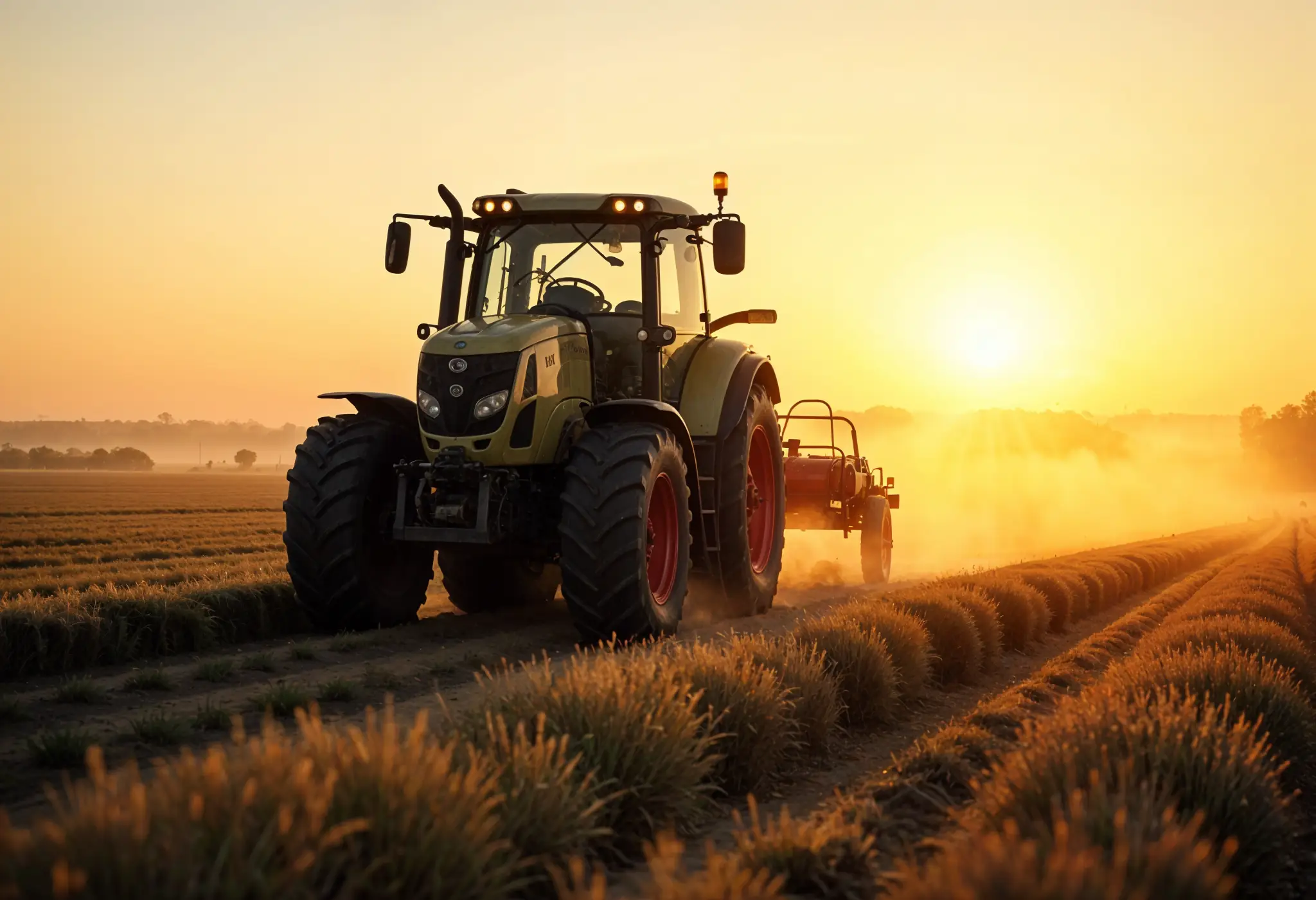
Top Hydraulic Components for Agricultural Equipment in 2025: Complete Guide

The Essential Farm Equipment Parts You Can't Afford to Run Out Of
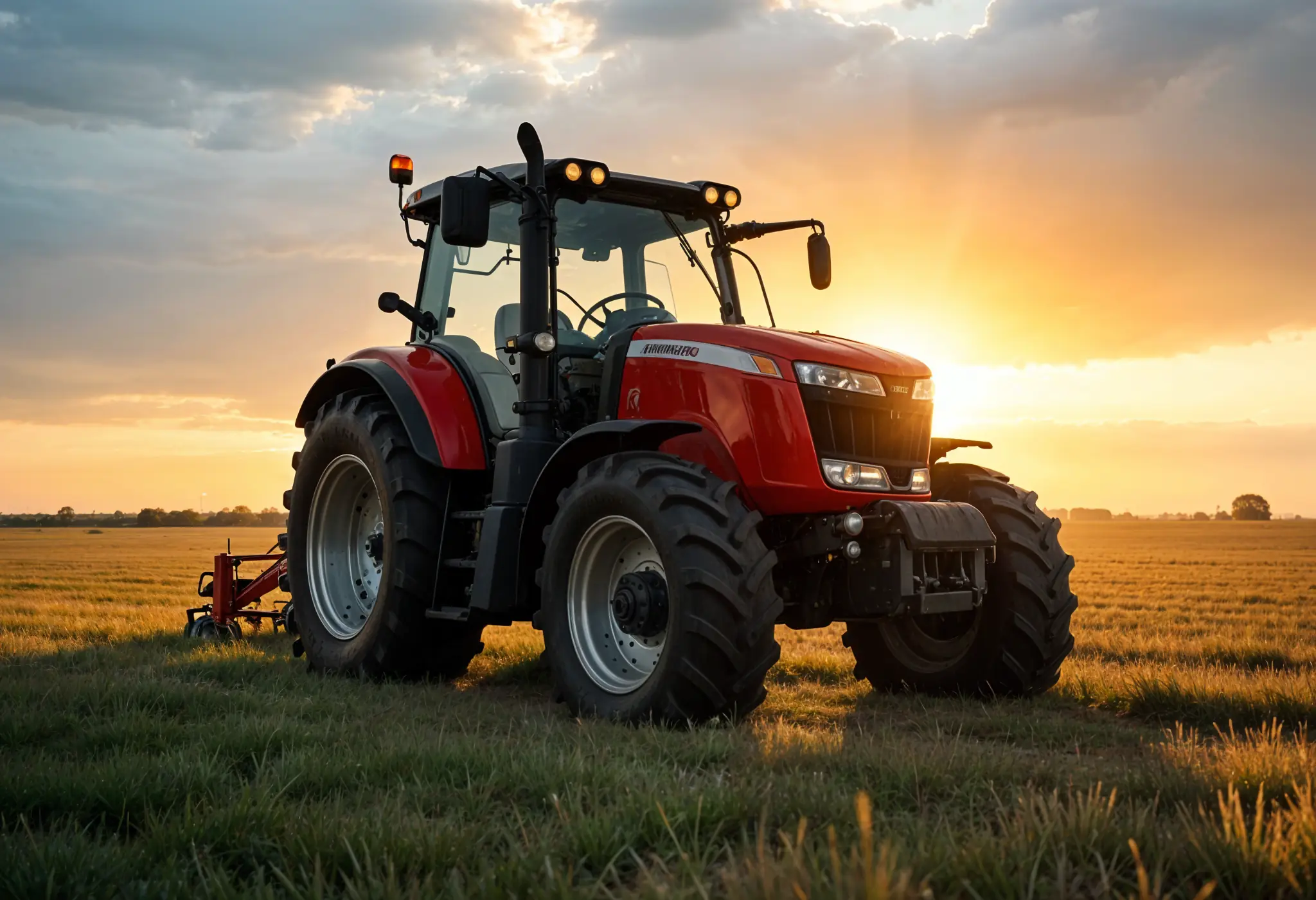
How to Service Farm Equipment: A Farmer's Guide to Zero Harvest Downtime
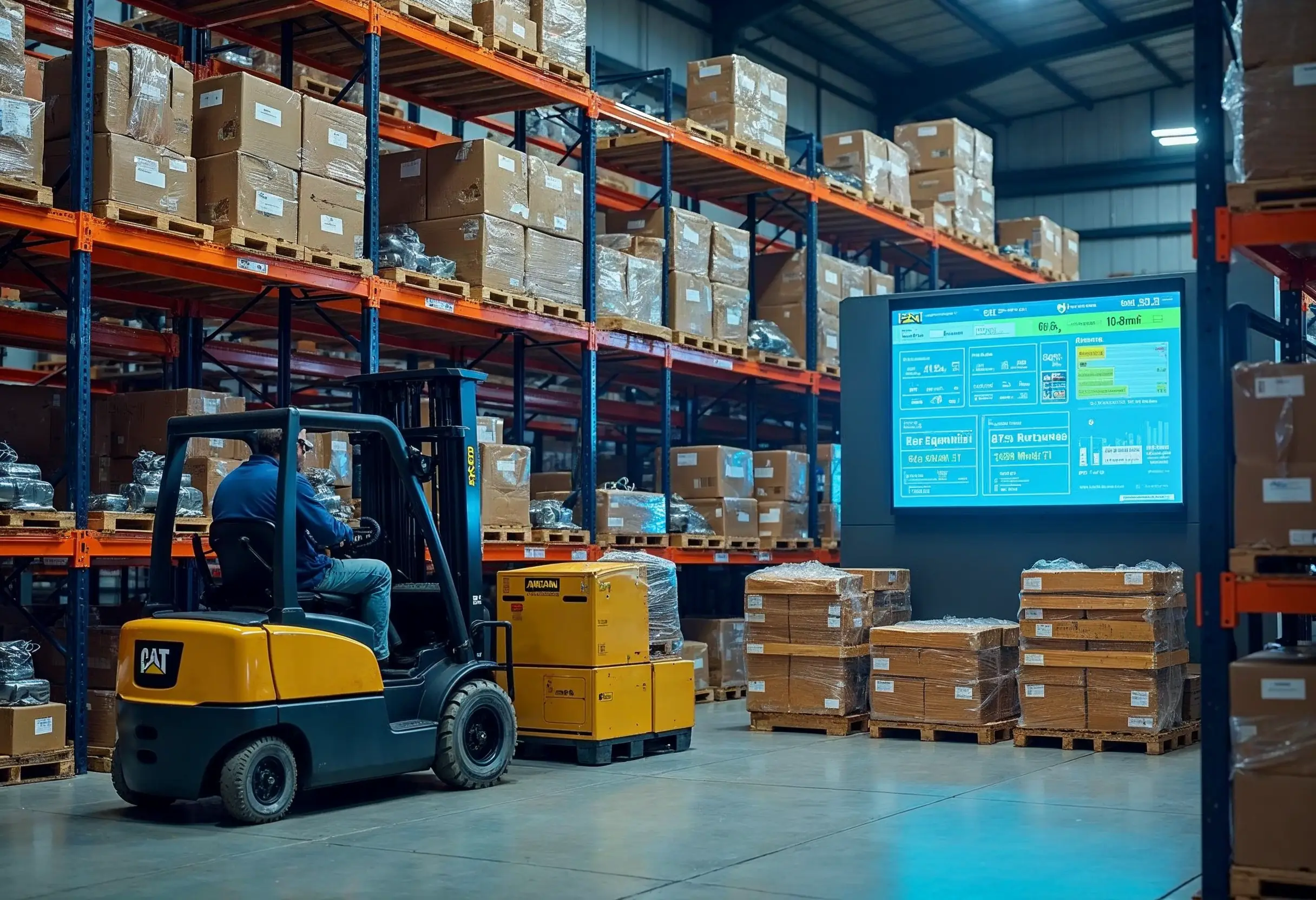
Construction Machinery Parts Suppliers: Expert Selection Guide
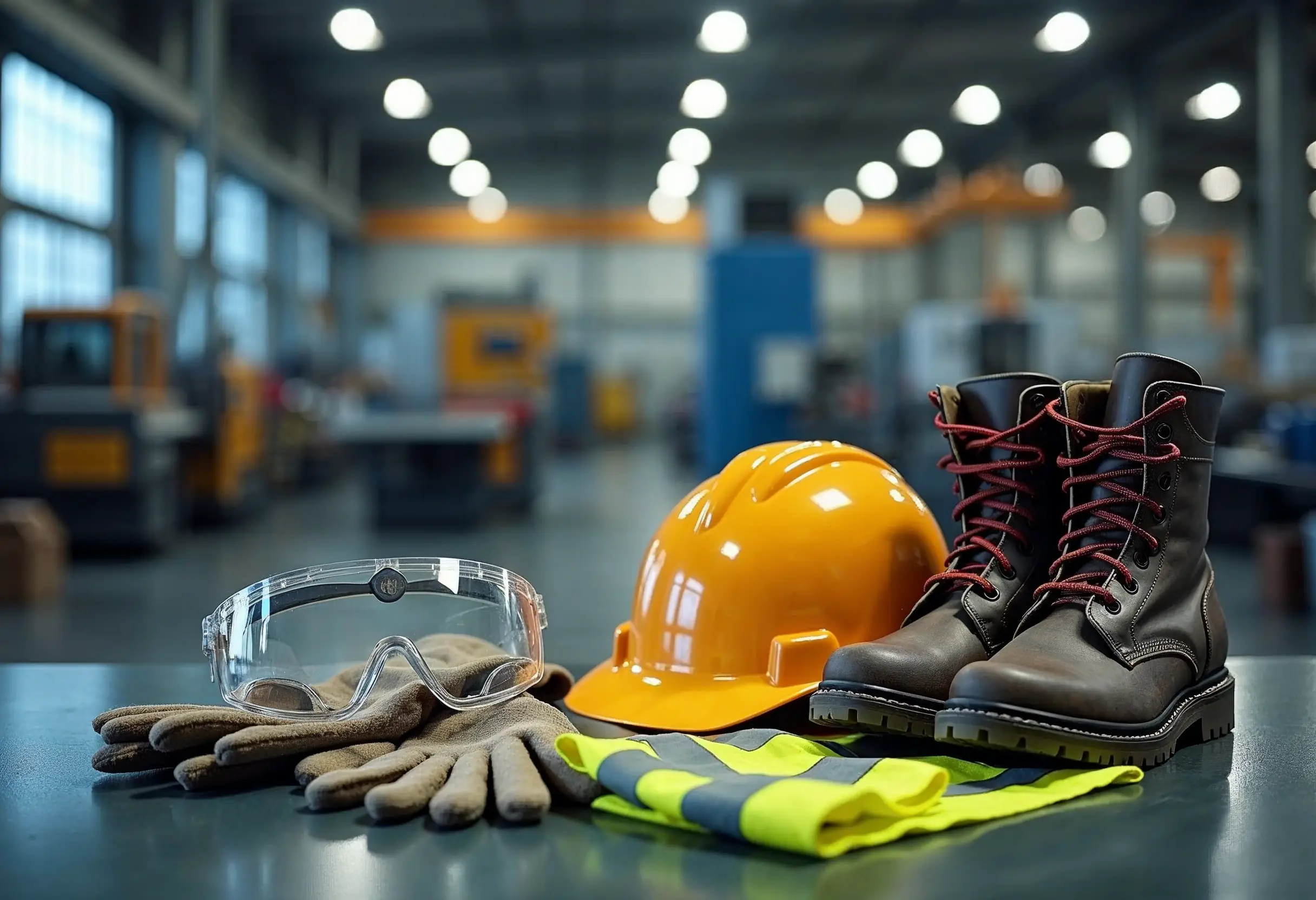
How to Apply Machine Safety Rules: From Selection to Installation

Smart Diagnostics Cut Heavy Equipment Failures by 73%

5 Ways to Assess the Environmental Impact of Heavy Construction Machinery

10 Smart Ways to Pick Construction Machinery for 2025 Projects
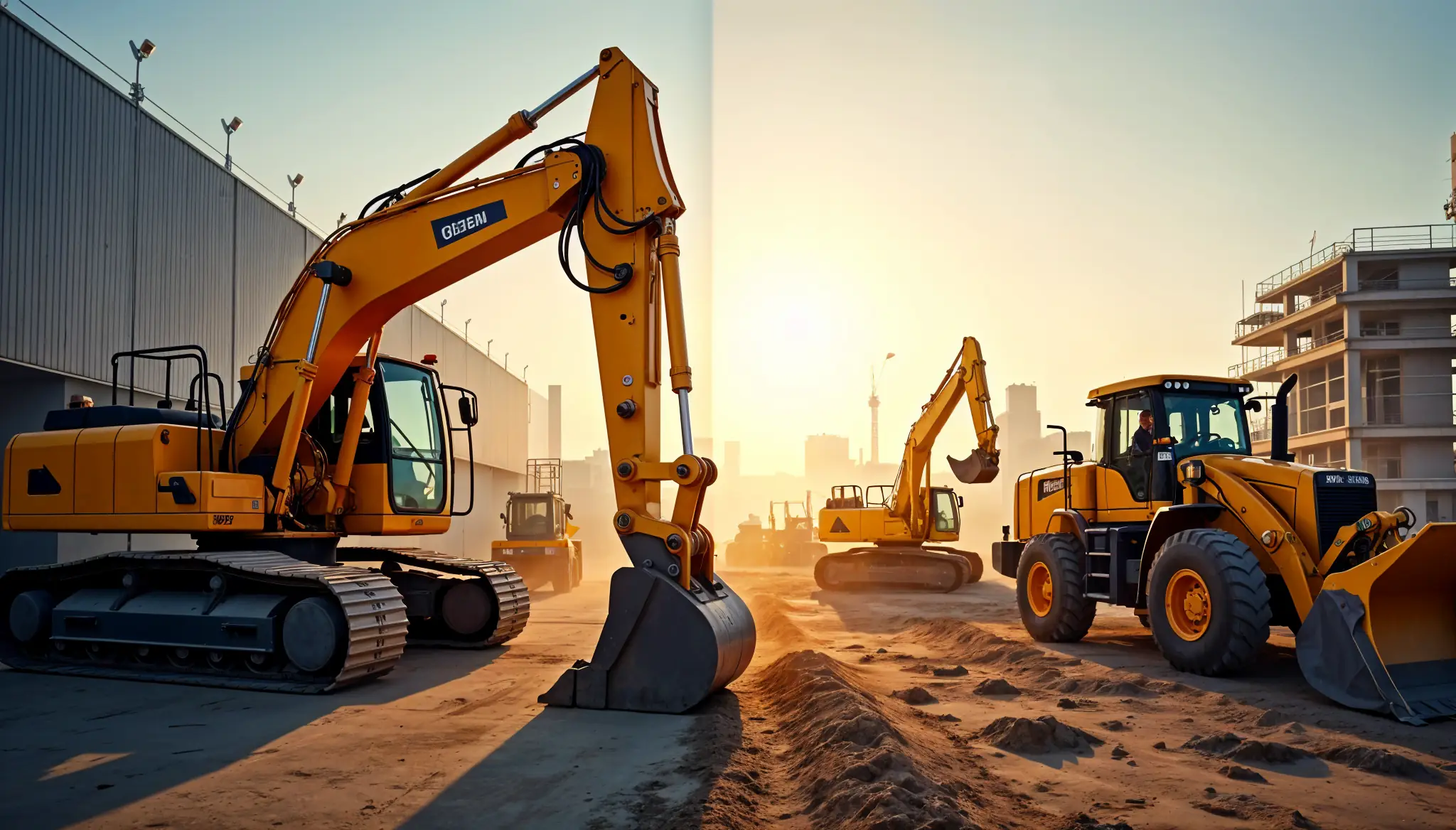
Rent vs Purchase Equipment: What Heavy Industry Experts Hide

How to Implement a Construction Inventory Management System for Equipment Efficiency
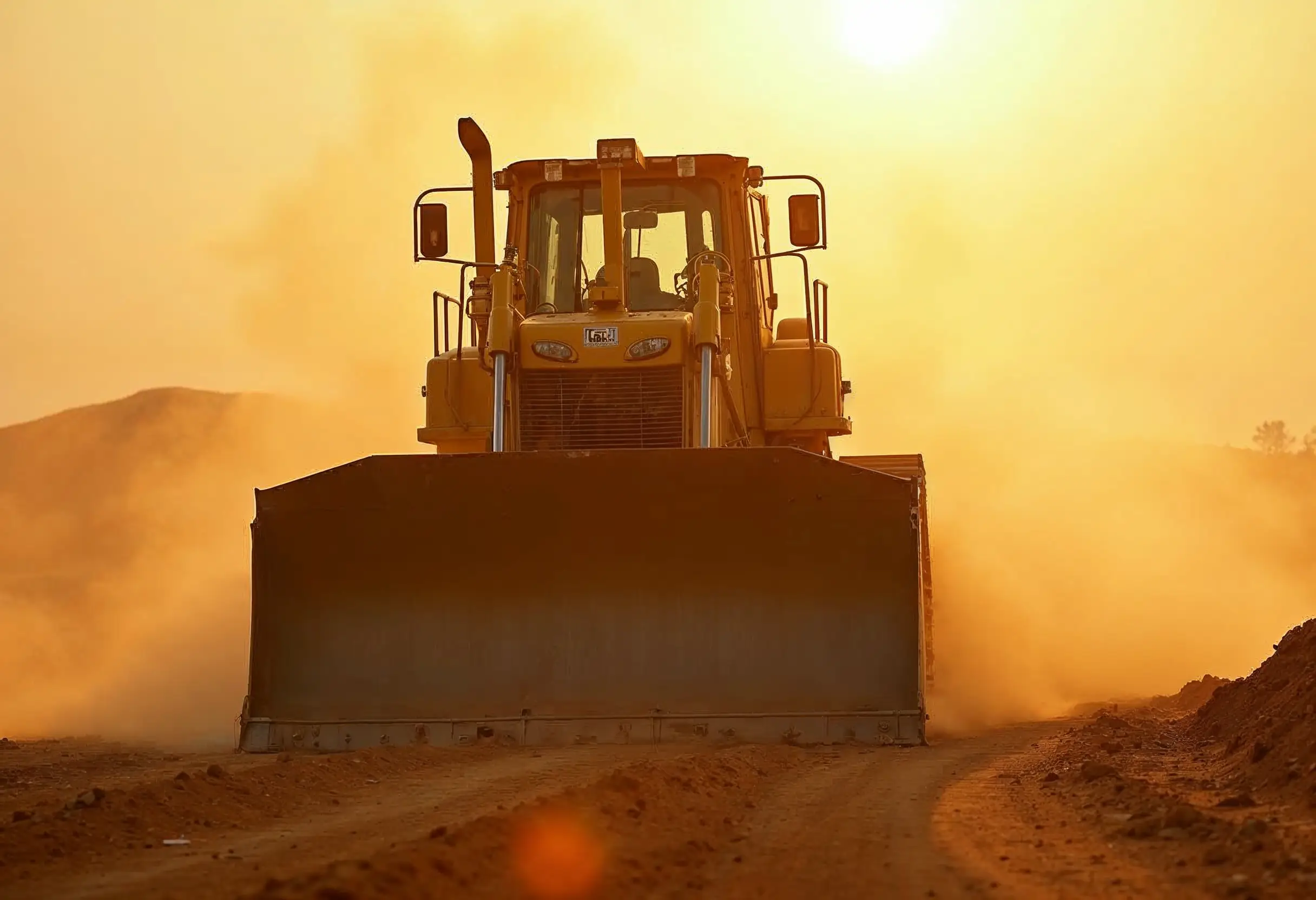
How to Extend Equipment Life Expectancy with Regular Maintenance

Advanced Heavy Equipment Diagnostic Tools: Ensuring Construction Machinery Quality
Essential Features Your Construction Equipment Inventory System Needs
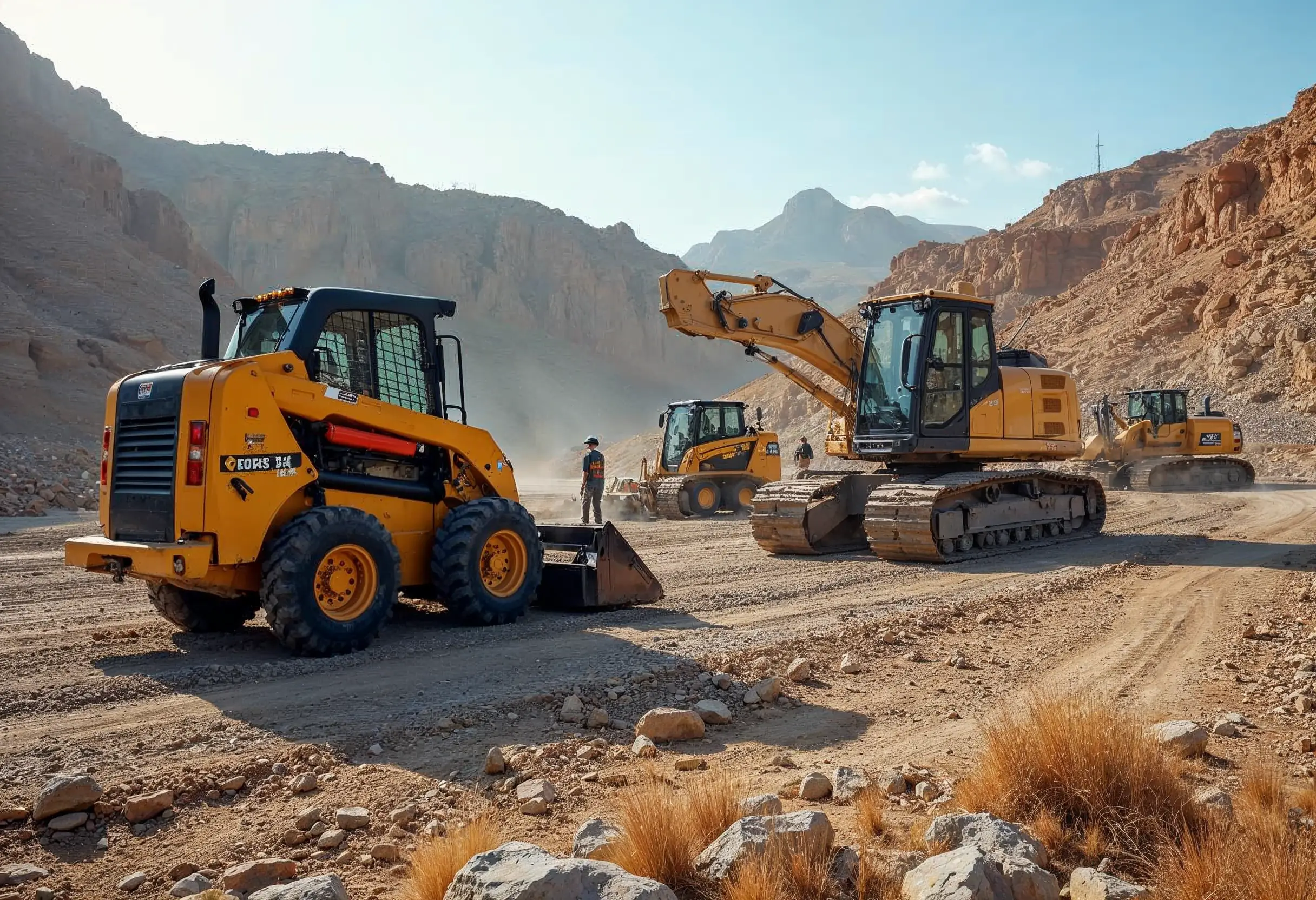
29 Quick Tips for Choosing Construction Equipment for Remote Locations

How to Select Construction Machinery with Optimal Equipment Maintenance in Mind
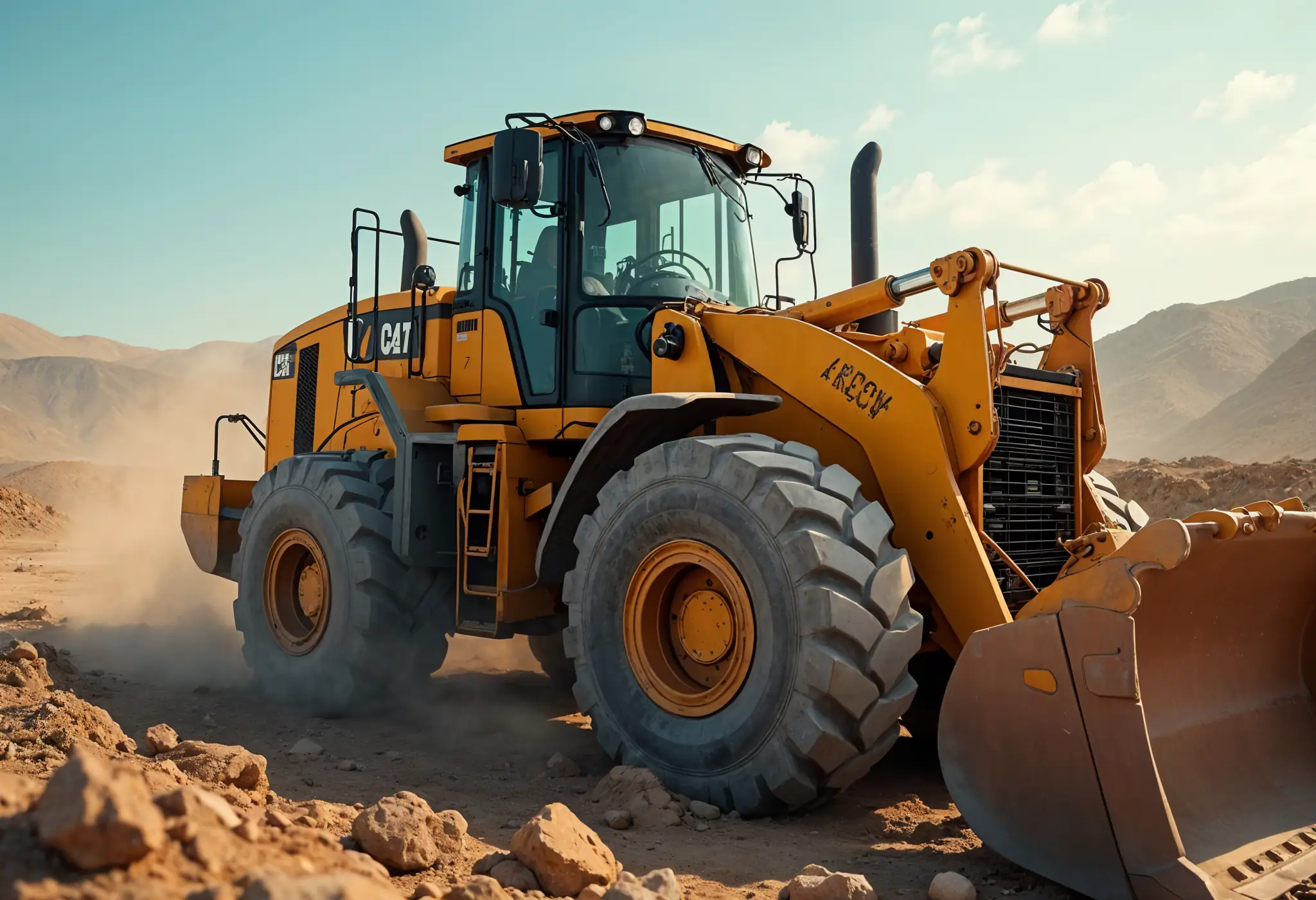
Top 25 Tips for Selecting Bulldozers for Construction Sites
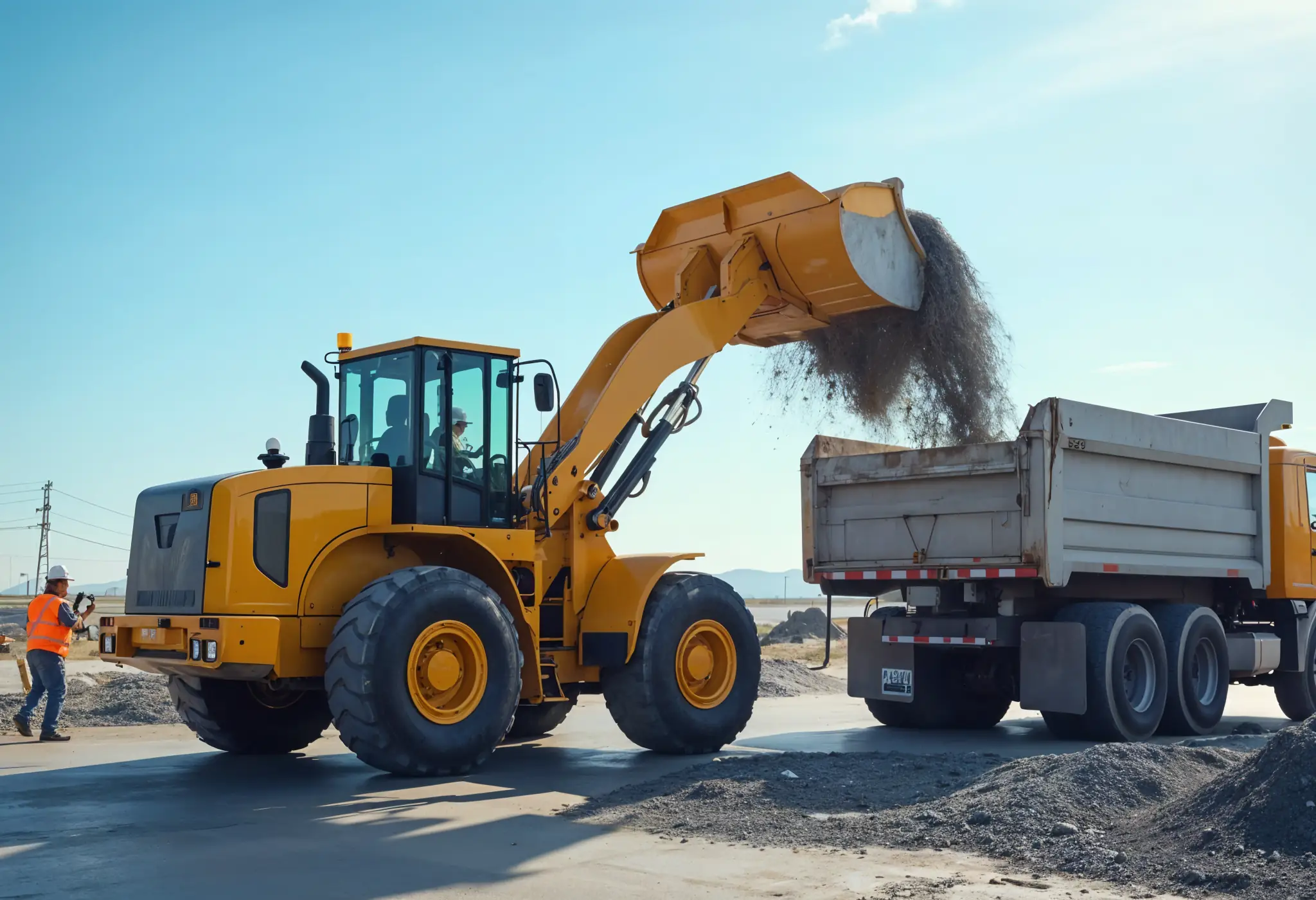
Which Construction Loader is Best for Your Project Needs?

4 Key Steps to Form a Construction Machinery QC Team

15 Essential Tips for Selecting the Perfect Crane for Construction

Maximize Savings: Multi-Purpose Construction Machinery for Lower Costs
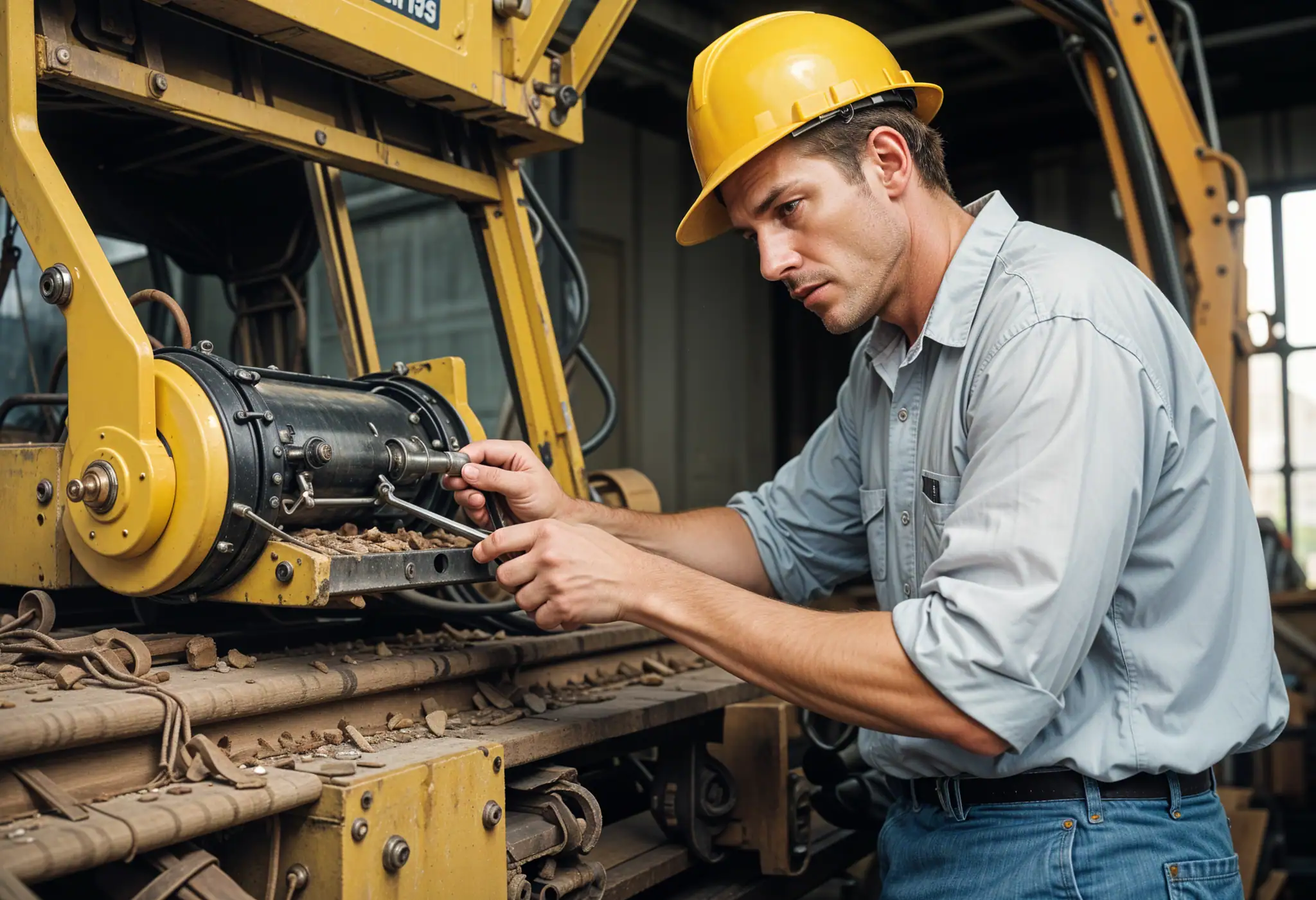
Affordable Heavy Equipment Parts: A Sourcing Guide
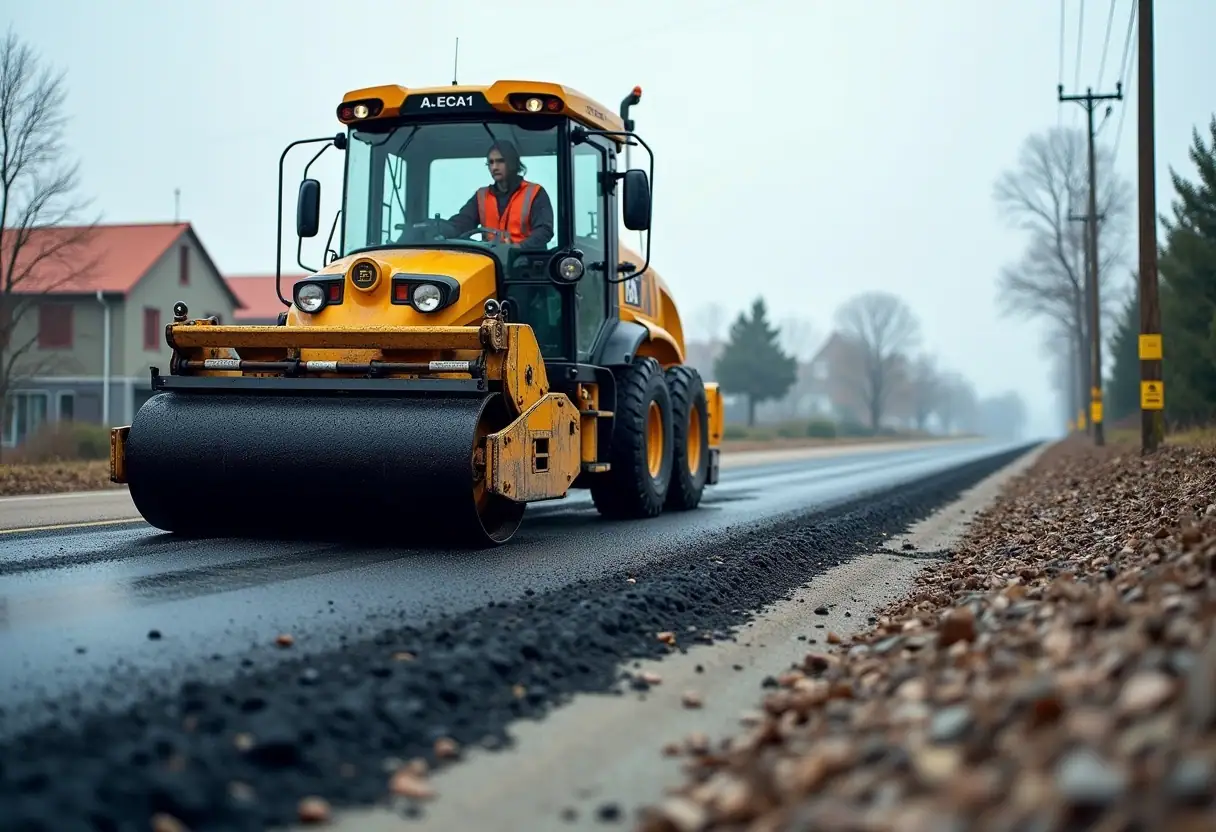
Choosing the Right Road Construction Equipment: A Complete Guide
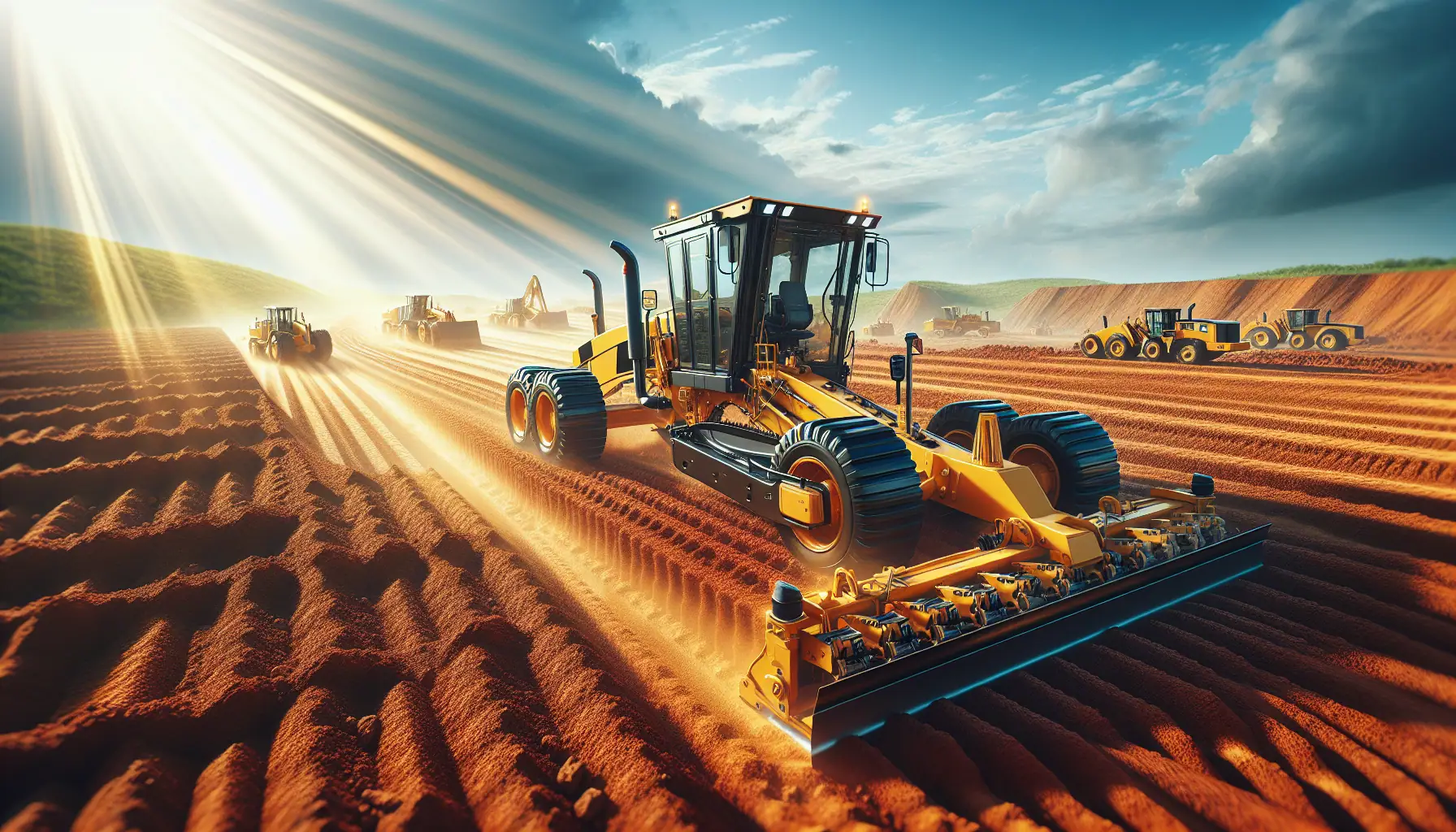
Motor Graders: Key Elements to Consider for Optimal Selection

A Detailed Guide to Choosing Excavators for Construction Work

Top Tips for Choosing Cranes for Construction Projects
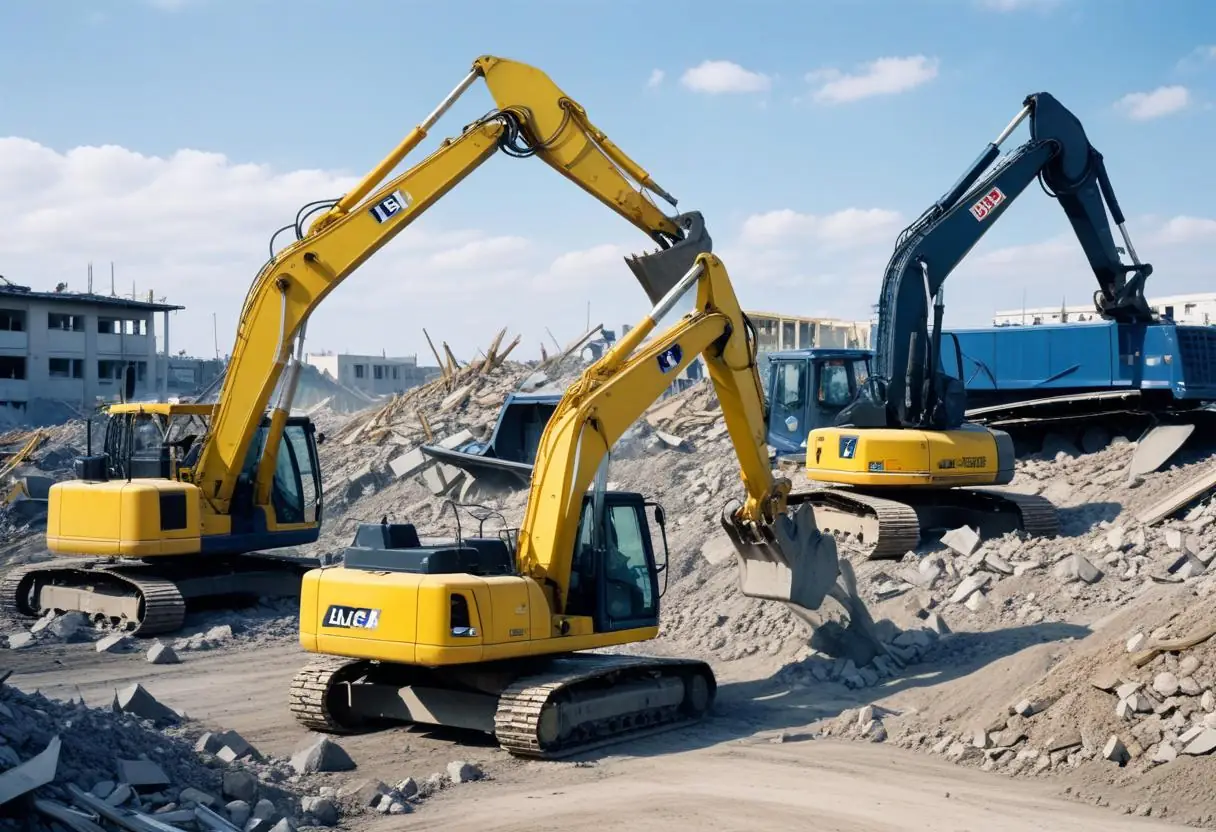
5 Top-Rated Demolition Machines for Construction Professionals

Expert Tips on Choosing Earthmoving Equipment for Large Projects
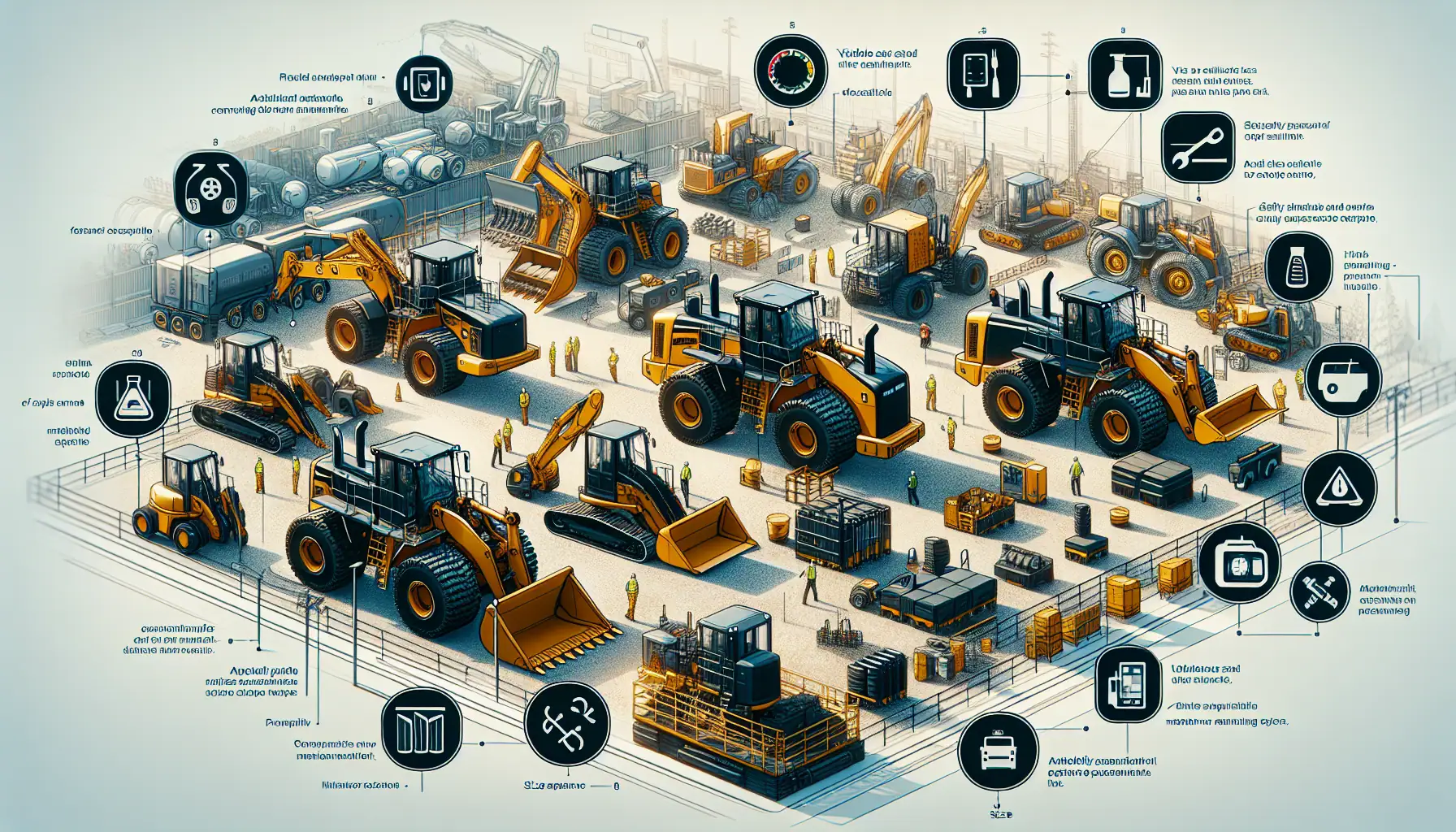
Top Functional Criteria for Selecting Heavy Construction Equipment

Construction Machinery: Detailed Guide to Equipment Specifications

Heavy Machinery Prices: Key Factors in Cost and Quality Balance
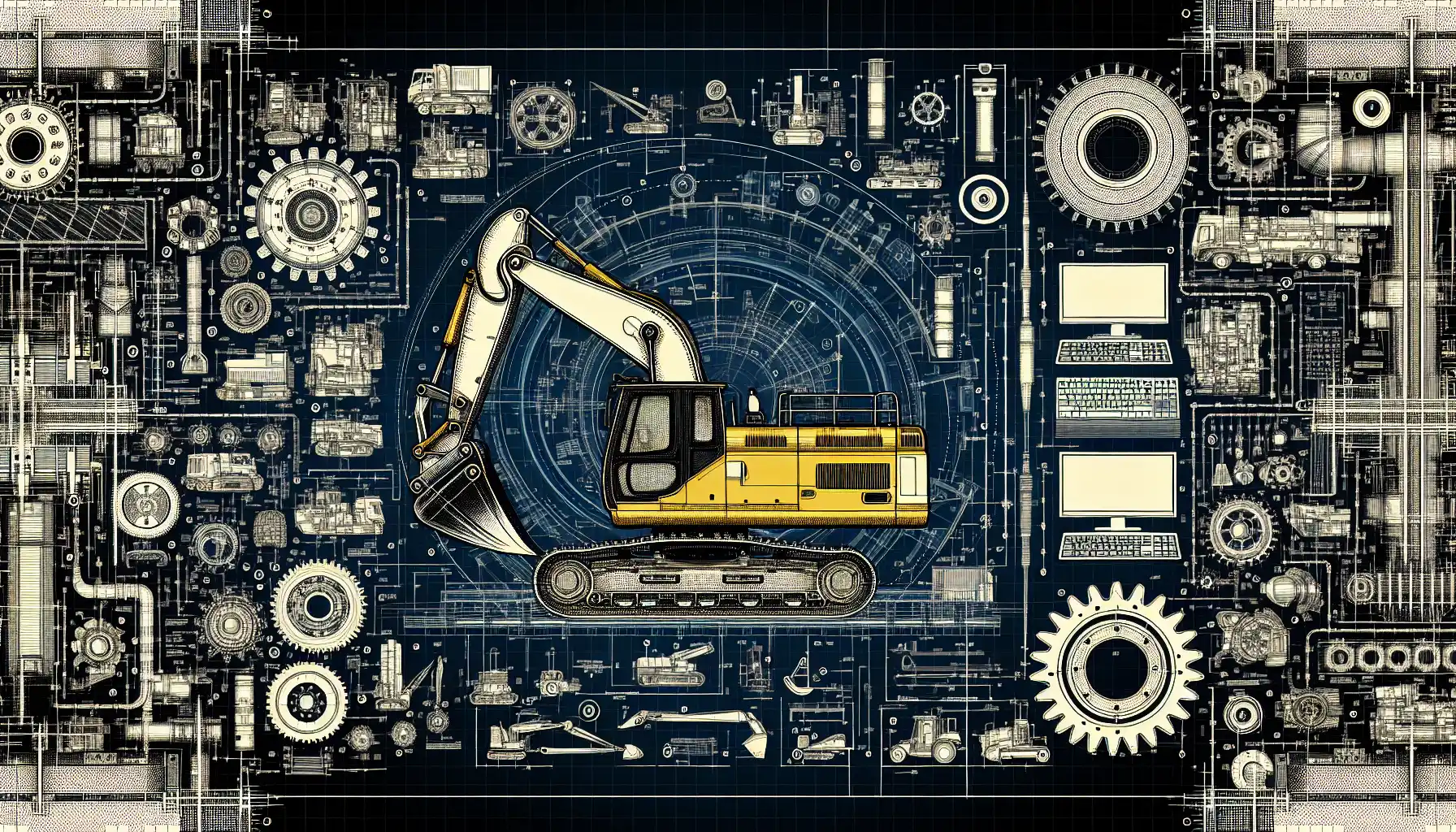
Best Construction Heavy Equipment Brands: Pros and Cons

Construction Site Equipment: How to Determine Your Requirements

Maximizing Safety: Risk Management for Construction Projects

Innovations in Construction: Transforming Machinery and Equipment

Heavy Equipment Safety: Beyond the Basics in Construction Compliance

The Essential Handbook for Construction Equipment Repair and Maintenance

How to Efficiently Source Oil and Gas Machinery Parts in NYC

Essential Guide to Sourcing Agriculture Equipment Parts

How to Source Mining Machinery Parts: Tips and Strategies
